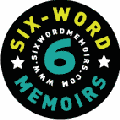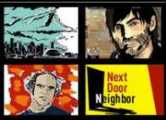Go to the Photos
Guillermo Riveros isn’t afraid of a little T and A—especially if it’s his A. His series Corrupta is an examination of gender identity with Guillermo as the star of every shot. The images are jarring, even disturbing—seemingly shot with zero hesitation. Images of the Virgin Mary and Jesus Christ can be found in Corrupta and throughout his other work, which is often intensely sexual and occasionally quite violent. But don’t get the wrong idea. Guillermo, a 25-year-old illustration student at Manhattan’s Parsons The New School for Design and transplant from Bogota, Columbia, isn’t some sexually repressed kid who was raised by his overly strict Catholic mother (though he does concede that his time at a parochial high school might have pushed him to work in more aggressive ways, and that may explain his interpretation of these beloved childhood characters). What fascinates this rising star is the relationships and perceptions that exist between what he calls subcultures (a la drag queens) and the more “moderate” culture.
Corrupta is currently on display at Bogota’s Museum of Modern Art and the Santa Fe Gallery, which is part of the Bogota Planetarium. Guillermo talked to SMITH about body fluids, changing perceptions, and his mini-celeb status back home. —Kathy Ritchie
When did you start taking pictures?
I began taking pictures when I was in my second year in college—that was back in 2001. I graduated from an art school in Bogota and then I came here to study illustration.
What kind of camera are you using?
I use a Kodak P880. It’s a professional digital camera.
How’s photography going so far as a career?
I think its very interesting. I have a very specific subject mater, which limits me in terms of commercial work. But I think it’s great. I walk through the city looking for more opportunities to show my work. I’ve done well in my city, but there’s not a lot of public for this kind of work, this subject matter.
What is Corrupta all about?
The series was made for an event that is currently going on in Bogota. I was invited to participate in this event at the beginning of year, and began working on the series in March. It’s a take on a previous work—I was working with body fluids. I tried to take some of those ideas and [incorporate them into] the photographs.
The series is quite jarring. It’s very sexual, very violent—what’s the reaction you’re trying to elicit?
I’m always looking for various reactions. I like when people are shocked by my work, then discovering the aesthetic values in an image they see, and hopefully they change their mind. It has happened before, and I really love when they have that kind of reaction. At first, they might feel threatened by the image; when they get closer to it, they start liking it.
You call yourself the “protagonist” in your own photographs. So what story are you trying to tell?
I’m putting myself in these photographs as an anonymous body and every time I recreate these kind of characters, I’m making myself the star of each story—it resembles in a miniature way how this whole dynamic of gender identity construction happens; so it’s about the conflicts, what’s going on around [the characters], the way they are dressed. In Corrupta, especially, I constructed symbols around them because I wanted to use the body fluid as the symbol.
What are the fluids symbolic of?
They’re symbolic of what the body rejects. The body fluids are symbolic of what the body needs to release, what’s disposable. They also become a metaphor for people who feel outside of society, who are kind of disposable—or not quite disposable, but rejected outsiders.
Since you’re the star of your own photographs, who’s taking the pictures?
For most pictures, I set up camera and use the timer.
Wow, you’re good.
I’ve been practicing for a long time. I’ve been working on a series of self-portraits, just building up everything so far for sometime; I trained myself to do it. But in some cases it’s too difficult, like for example the vomit pictures; I needed help, so my boyfriend helped me take the picture. That one, and the one on the grass (Orines).
What’s the funniest or strangest thing that’s happened to you while you were working?
Orines is the first exterior I had ever done. I always shot inside a house or a room or a set that I built. This one I was outside in the field and it was really hard because I was just wearing a thong and high heels and wig, and my boyfriend was helping me take the pictures and there were people moving around us, there were people staring, and the grass was filled with ants and they were biting my feet. And every time my boyfriend was taking the picture, I still have to go back to the camera and see how it’s looking—I have full control of everything. It was funny, I got my heels stuck on the grass, almost fell. I had to run back and forth and we had very strict time restriction because I wanted a very high yellow sunset sun, it gives you less than an hour to work. We were laughing the whole time.
What makes a good image to you?
I would say something that makes you have a reaction and gives you thoughts after. I think that’s basically what you want in an image.
Your work is incredibly provocative. That being said, what do you consider off-limits?
I don’t think I have anything that’s off limits. I tend not to be politically correct in that sense. I don’t censor myself at all.
Who are some of your favorite artists?
Pierre et Gilles; David LaChapelle; John Waters; Pedro Almodovar; James Bidgood; Cindy Sherman; Yasumasa Morimura; Anthony Goicolea; Austin Young
What’s your six-word memoir?
Quiero ser el rey de todo. Which translates to: I want to be the king of everything.
Click on photos to enlarge; mouseover for previous and next.








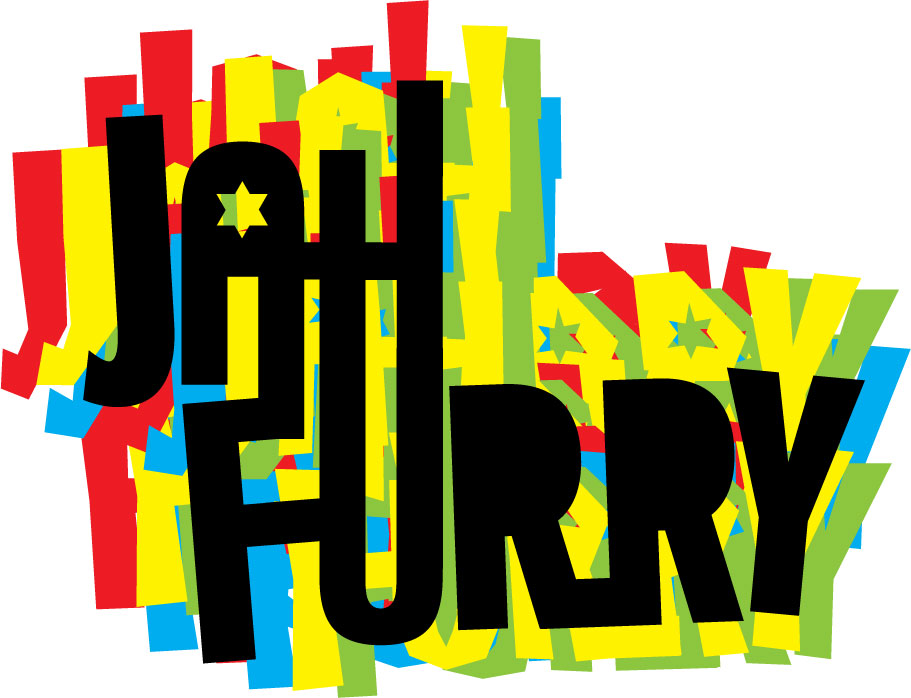 Here’s what I’d get SMITH’s comics editor Jeff Newelt, aka JahFurry, for the holidays if I were a rich man: a personalized superhero story for his apartment wall, which would have to be called “The Adventures of JahFurry.” According to a story in T Magazine, the artist Loren Kreiss has started a hyper-cool business aimed at the lux, geek set (JahFurry and I have the “geek” part down). Kreiss does extensive interviews with his subject, writes a narrative story about that person’s life, and then tells the story in larger-than-life comic form (or has another artist illustrate it if Kreiss feels his style isn’t right for the subject). The result is a comic starring you on your very own wall. Total time: about six months. Total bill: $10,000 and up. But man would you have a super story to tell.
Here’s what I’d get SMITH’s comics editor Jeff Newelt, aka JahFurry, for the holidays if I were a rich man: a personalized superhero story for his apartment wall, which would have to be called “The Adventures of JahFurry.” According to a story in T Magazine, the artist Loren Kreiss has started a hyper-cool business aimed at the lux, geek set (JahFurry and I have the “geek” part down). Kreiss does extensive interviews with his subject, writes a narrative story about that person’s life, and then tells the story in larger-than-life comic form (or has another artist illustrate it if Kreiss feels his style isn’t right for the subject). The result is a comic starring you on your very own wall. Total time: about six months. Total bill: $10,000 and up. But man would you have a super story to tell.








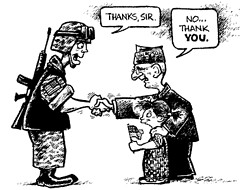 In honor of Veteran’s Day, I thought I’d mention some highlights from some of the work I’m most proud of at SMITH, Michael Slenske’s outstanding
In honor of Veteran’s Day, I thought I’d mention some highlights from some of the work I’m most proud of at SMITH, Michael Slenske’s outstanding 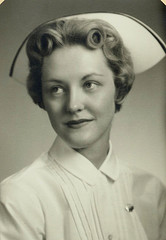 I’ve got a thing for this nurse. Nope, she’s not one of the many “sexy nurses” who paraded through my neighborhood this past Halloween, but the real deal—and since September she’s been blogging at
I’ve got a thing for this nurse. Nope, she’s not one of the many “sexy nurses” who paraded through my neighborhood this past Halloween, but the real deal—and since September she’s been blogging at  Sad but probably true: if you wanted to launch
Sad but probably true: if you wanted to launch 
